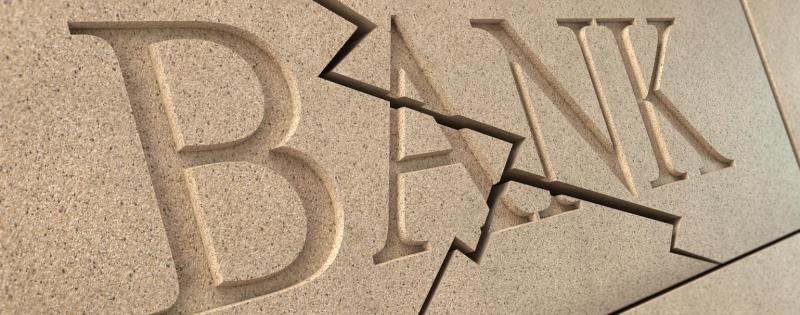Loan modifications—often labeled “extend-and-pretend” strategies for obvious reasons—have become a regular tool in the commercial real estate (CRE) sector. And according to a new analysis from CRED iQ, their use has increased sharply.
CRED iQ reviewed trends in modifications across various loan types, including CMBS, SBLL, CRE CLO, and Freddie Mac loans. The analysis, which looked at both recent trends and data over the past three years, found a significant uptick in these modifications.
Between March 2024 and March 2025, the volume of modified loans nearly doubled, jumping from $21.1 billion to $39.3 billion—an 86.3% increase. Just last month, $2 billion worth of modifications were made across 47 loans, marking the highest activity since May 2024.
It’s important to note that the data doesn’t cover commercial bank CRE loans, which are a major portion of the overall market. Even so, the figures provide insight into growing reliance on loan extensions. Modification sizes have ranged from as little as $11.3 million in July 2022 to as much as $2.4 billion in July 2023.
Many of these extensions stem from loans initially extended in 2024, now creating a wave of upcoming maturities. Expectations that Federal Reserve rate cuts might ease refinancing pressures have largely faded, leaving borrowers to manage rising debt costs on their own. In this environment, banks are eager to avoid labeling loans as troubled, so modifications are often the preferred route.
One example CRED iQ highlighted is Chicago’s Willis Tower. The 3.8 million-square-foot building had a $1.33 billion interest-only loan originally due in March 2022. After multiple one-year extension options, a recent modification extended the due date further—this time to March 2028. Despite this, the tower is performing decently, with an 83.1% occupancy rate and a debt service coverage ratio of 1.32.
So what does all this mean in a market without the relief of lower interest rates? CRED iQ suggests these trends reflect a broader change in CRE financing. The nearly $40 billion in modified loans is a signal of both caution and adaptability in the sector.
“The commercial real estate sector is at a turning point,” CRED iQ said, with the implications for investors and lenders still unfolding.
Source: GlobeSt.


